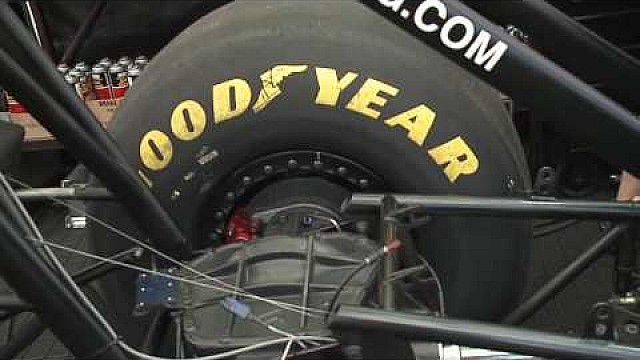$267.89 - $518.19
$267.89 - $518.19
$267.89 - $518.19
$275.39 - $478.79
$275.39 - $478.79
$275.39 - $478.79
$244.99 - $1043.03
$244.99 - $1043.03
$244.99 - $1043.03
$181.39 - $218.79
$181.39 - $218.79
$181.39 - $218.79
$270.00 - $552.00
$270.00 - $552.00
$270.00 - $552.00
$74. 99 - $220.96
$74.99 - $220.96
$74.99 - $220.96
$207.99 - $1062.23
$207.99 - $1062.23
$207.99 - $1062.23
$209.99 - $254.99
$209.99 - $254.99
$209.99 - $254.99
$218.00 - $432.00
$218.00 - $432.00
$218.00 - $432.00
$212.00 - $277.00
$212.00 - $277.00
$212.00 - $277.00
$285.09 - $345.69
$285.09 - $345.69
$285.09 - $345.69
$242. 00 - $1027.46
00 - $1027.46
$242.00 - $1027.46
$242.00 - $1027.46
$1.99 - $446.31
$1.99 - $446.31
$1.99 - $446.31
$95.23 - $128.33
$95.23 - $128.33
$95.23 - $128.33
$198.00 - $211.00
$198.00 - $211.00
$198.00 - $211.00
$234.00 - $819.46
$234.00 - $819.46
$234.00 - $819.46
$233.99 - $296.99
$233.99 - $296.99
$233.99 - $296.99
$1.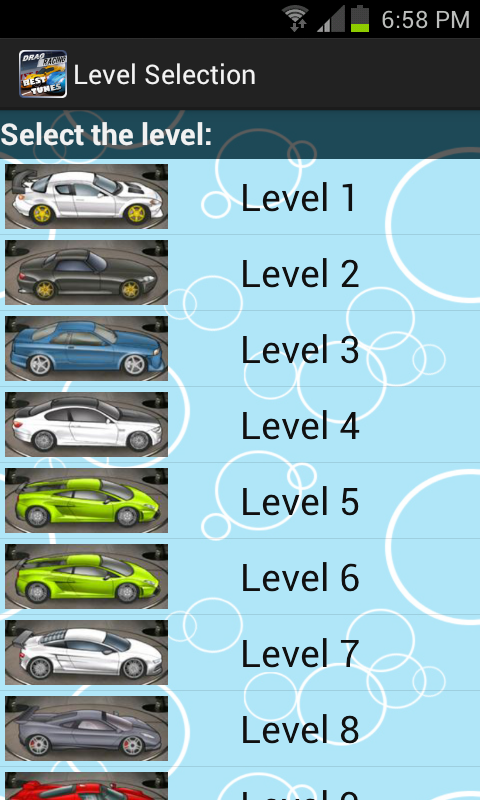 99 - $159.12
99 - $159.12
$1.99 - $159.12
$1.99 - $159.12
$119.52 - $298.00
$119.52 - $298.00
$119.52 - $298.00
$1.99 - $1495.25
$1.99 - $1495.25
$1.99 - $1495.25
$1.99 - $401.47
$1.99 - $401.47
$1.99 - $401.47
$1.99 - $223.22
$1.99 - $223.22
$1.99 - $223.22
$272.89 - $474.99
$272.89 - $474.99
$272.89 - $474.99
$1. 99 - $533.87
99 - $533.87
$1.99 - $533.87
$1.99 - $533.87
$331.49 - $360.19
$331.49 - $360.19
$331.49 - $360.19
$258.00 - $664.00
$258.00 - $664.00
$258.00 - $664.00
$295.00 - $396.00
$295.00 - $396.00
$295.00 - $396.00
$261.00 - $350.00
$261.00 - $350.00
$261.00 - $350.00
$1.99 - $416. 39
39
$1.99 - $416.39
$1.99 - $416.39
$150.99 - $161.99
$150.99 - $161.99
$150.99 - $161.99
Hoosier 18108
Part Number: 522-18108
Hoosier 18108
$189.54
(6)
Estimated to ship direct from manufacturer on 01/30/23, pending manufacturer availability.
Learn More
Front Drag TireView Details
$189.54
(6)
Estimated to ship direct from manufacturer on 01/30/23, pending manufacturer availability.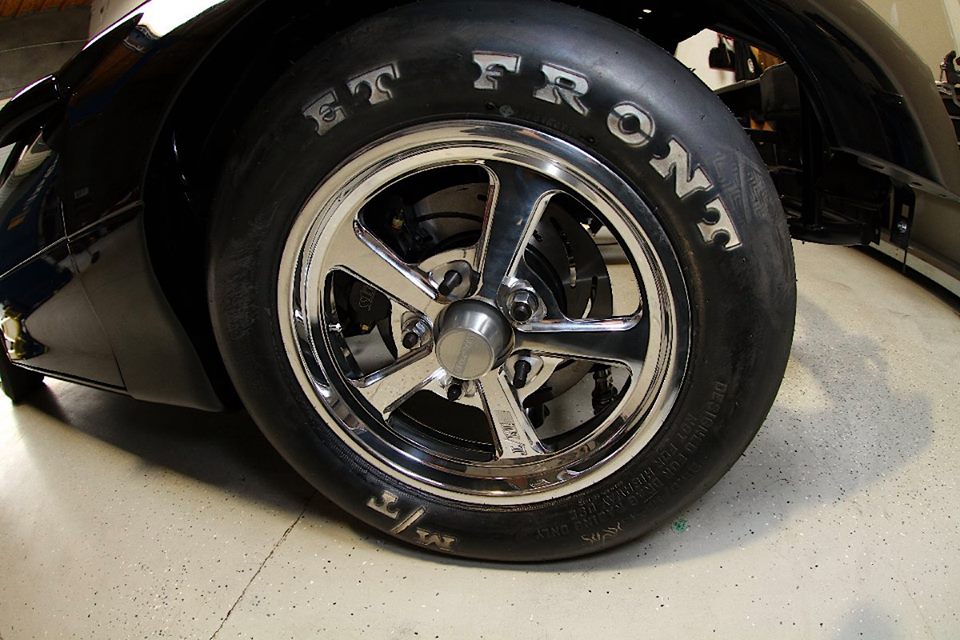
Learn More
Hoosier 18085
Part Number: 522-18085
Hoosier 18085
$178.69
Estimated to ship direct from manufacturer on 12/28/22, pending manufacturer availability.
Learn More
Front Drag TireView Details
$178.69
Estimated to ship direct from manufacturer on 12/28/22, pending manufacturer availability.
Learn More
Hoosier 18105
Part Number: 522-18105
Hoosier 18105
$188.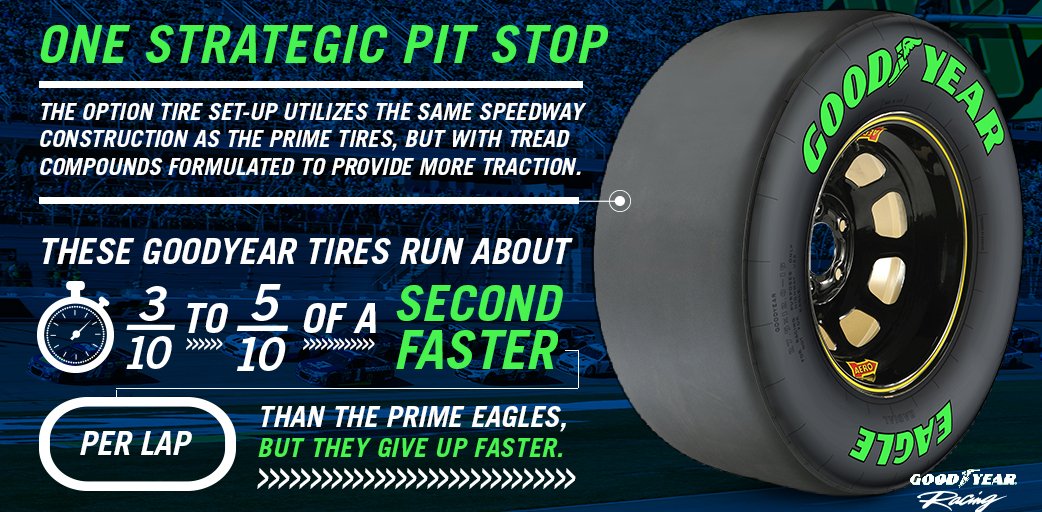 95
95
(8)
Estimated to ship direct from manufacturer on 01/09/23, pending manufacturer availability.
Learn More
Front Drag TireView Details
$188.95
(8)
Estimated to ship direct from manufacturer on 01/09/23, pending manufacturer availability.
Learn More
Hoosier 18100
Part Number: 522-18100
Hoosier 18100
$223.22
Estimated to ship direct from manufacturer on 02/07/23, pending manufacturer availability.
Learn More
Front Drag Tire 50"
50"View Details
$223.22
Estimated to ship direct from manufacturer on 02/07/23, pending manufacturer availability.
Learn More
Hoosier 18106
Part Number: 522-18106
Hoosier 18106
$191.22
(5)
Estimated to ship direct from manufacturer on 01/23/23, pending manufacturer availability.
Learn More
Front Drag TireView Details
$191.22
(5)
Estimated to ship direct from manufacturer on 01/23/23, pending manufacturer availability.
Learn More
Hoosier 18107
Part Number: 522-18107
Hoosier 18107
$194.17
(5)
Estimated to ship direct from manufacturer on 01/09/23, pending manufacturer availability.
Learn More
Front Drag TireView Details
$194.17
(5)
Estimated to ship direct from manufacturer on 01/09/23, pending manufacturer availability.
Learn More
Hoosier 18109
Part Number: 522-18109
Hoosier 18109
 5/4.5-17 Drag Frt
5/4.5-17 Drag Frt $205.02
(1)
Estimated to ship direct from manufacturer on 01/09/23, pending manufacturer availability.
Learn More
27.5/4.5-17 Drag Frt
View Details
$205.02
(1)
Estimated to ship direct from manufacturer on 01/09/23, pending manufacturer availability.
Learn More
Hoosier 18112
Part Number: 522-18112
Hoosier 18112
$214.54
(3)
Estimated to ship direct from manufacturer on 03/01/23, pending manufacturer availability.
Learn More
Front Drag TireView Details
$214.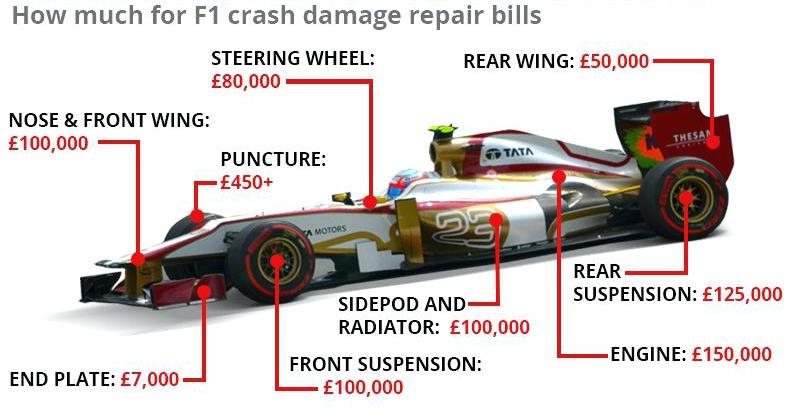 54
54
(3)
Estimated to ship direct from manufacturer on 03/01/23, pending manufacturer availability.
Learn More
Hoosier 18095
Part Number: 522-18095
Hoosier 18095
$179.81
Estimated to ship direct from manufacturer in 24hrs
Front Drag TireView Details
$179.81
Estimated to ship direct from manufacturer in 24hrs
Hoosier 18102
Part Number: 522-18102
Hoosier 18102
 0R15
0R15 $184.91
(1)
Estimated to ship direct from manufacturer on 01/23/23, pending manufacturer availability.
Learn More
Front Drag TireView Details
$184.91
(1)
Estimated to ship direct from manufacturer on 01/23/23, pending manufacturer availability.
Learn More
Hoosier 25008
Part Number: 522-25008
Hoosier 25008
$2.49
(1)
Estimated to ship direct from manufacturer on 12/22/22, pending manufacturer availability.
Learn More
Contingency DecalView Details
$2.49
(1)
Estimated to ship direct from manufacturer on 12/22/22, pending manufacturer availability.
Learn More
Hoosier 25009
Part Number: 522-25009
Hoosier 25009
$1.99
(2)
Estimated to ship direct from manufacturer on 12/22/22, pending manufacturer availability.
Learn More
Contingency DecalView Details
$1.99
(2)
Estimated to ship direct from manufacturer on 12/22/22, pending manufacturer availability.
Learn More
The importance of tires for professional driving is greatly underestimated by most drivers. This article explores the relationship between car tires and car behavior in different conditions, namely tire grip and weight transfer when cornering.
In motorsport, the outcome of the competition depends on the correct selection of tires. You can not play even half a second, relying solely on the power plant. The right choice of tires will give the superiority that distinguishes the leader from the rest of the riders. nine0003
You can not play even half a second, relying solely on the power plant. The right choice of tires will give the superiority that distinguishes the leader from the rest of the riders. nine0003
The car is assembled from a huge number of components and spare parts, but only tires are in continuous contact with the roadway. From this there is an understanding of what a significant impact they have on the behavior of the car.
It's safe to say that the most powerful engines and the most efficient gearbox are worthless until the pilot exploits the tires to the fullest extent possible. Awareness of the principle of their influence on the characteristics of the car is the main step towards leadership in the car race. nine0003
With the ignition off, the car stands still thanks to the friction of the rubber on the roadbed. It also allows the car to start moving. The force of the "hook" of tires on the surface of the asphalt is called traction. It varies greatly depending on various conditions, such as racing in rainy weather.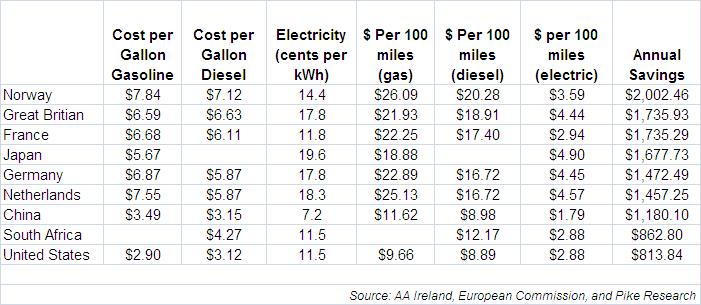 On a wet track , the 's grip deteriorates significantly and the wheels slip. Also, the grip is due to the car itself: its mass, the load distributed between the axles (front and rear). nine0003
On a wet track , the 's grip deteriorates significantly and the wheels slip. Also, the grip is due to the car itself: its mass, the load distributed between the axles (front and rear). nine0003
When the vehicle is stationary, the mass is evenly distributed. In the case of braking, the weight is shifted to the front axle, during acceleration (moving up) to the rear. The mass acting on the wheels is denoted by the term "load" (the weight of the car divided by four wheels). It significantly affects the force of friction. With an increase in load, adhesion increases, with a decrease, it becomes worse.
The load on the tires is constantly moving when the machine is moving. When accelerating, the front wheels "unload" because of which the rear ones begin to "hold the road" more strongly. nine0003
Considering that the steering is interconnected with the front axle, handling also deteriorates when accelerating. It is natural that with braking, the load on the front wheels increases, and on the rear wheels it decreases.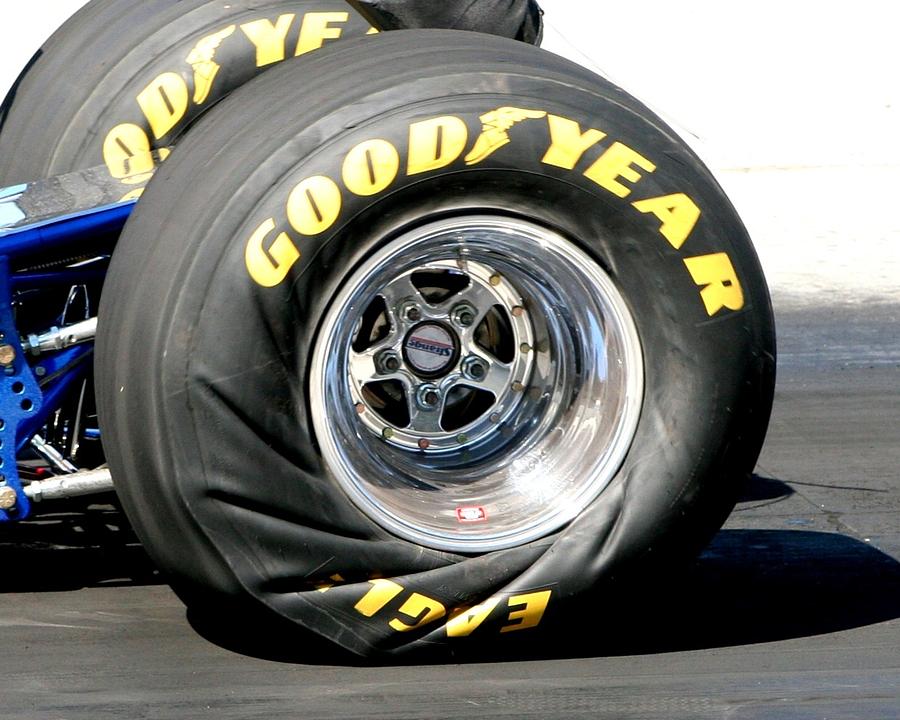 Because of this, the car loses stability and goes into a skid while driving (you can learn about controlled skid techniques from the "King of Drift" himself from the documentary "Drift Bible".
Because of this, the car loses stability and goes into a skid while driving (you can learn about controlled skid techniques from the "King of Drift" himself from the documentary "Drift Bible".
"Releasing the gas, the load is shifted towards the front axle. Squeezing the gas - towards the rear." nine0003
Centrifugal force also comes into play when cornering. It is directed to the outside of the turn, increasing the load on the outer wheels, reducing the load on the inner ones. With the right load placement, you will significantly improve your results on the race track. Awareness of such subtleties is the most important step to a high level of piloting.
"If the car were moving in a vacuum, we would limit ourselves to what was described above, but at high (racing) speeds, a significant aerodynamic downforce begins to act on the car. It must be taken as an additional load on the wheels distributed according to other rules.
"Burying in with the nose" aerodynamic load of the front axle becomes larger, and the rear becomes smaller by the same measure. nine0003
Since each individual tire contacts the road at the same time at the same point, the average point of adhesion of all four wheels can shift to the right, to the left, or back and forth.
From the rider's position, the forward-backward shift is subject to the accelerator pedal, and left-right to the steering wheel turns. It is worth understanding that grip with the track is a constant value for which only the application point changes, and not the absolute value. nine0003
"There is no: left or right, front and rear clutch. There is a common, the only force for which only the point of application changes."
When depressing the brake pedal, all the force goes into stopping the car and there is none left for cornering.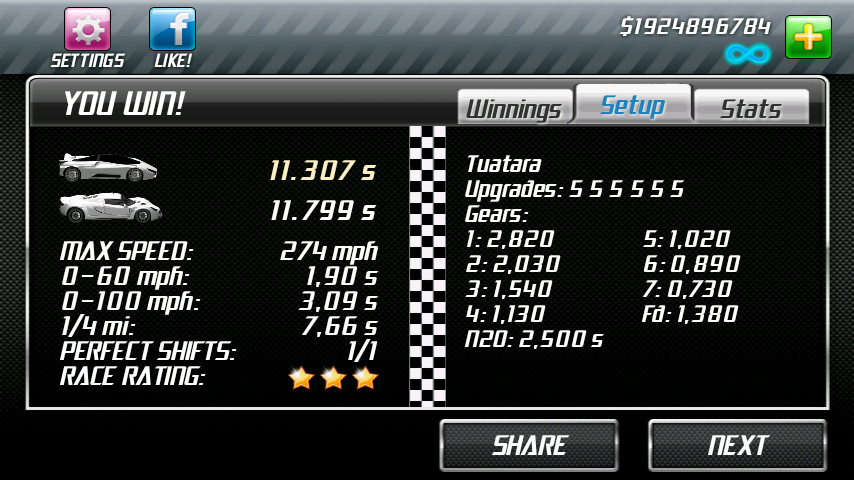 The car will not listen to the steering wheel even when you turn it. In general, the maneuver consists of the following steps:
The car will not listen to the steering wheel even when you turn it. In general, the maneuver consists of the following steps:
During braking, the traction force is shifted to the front-rear axis for the fastest deceleration. For this reason, when cornering, it is important to complete the brake release before turning the steering wheel. When exiting (out of a turn), it is necessary to return the steering wheel to its original position in order to release more force on the forward-back axle and to accelerate. With perfect cornering, it is worth distributing the traction force between the longitudinal and transverse components. Presenting the friction diagram during cornering will allow you to significantly improve your piloting technique. nine0003
The friction diagram is a graphical illustration of the dynamics of changing traction on a track.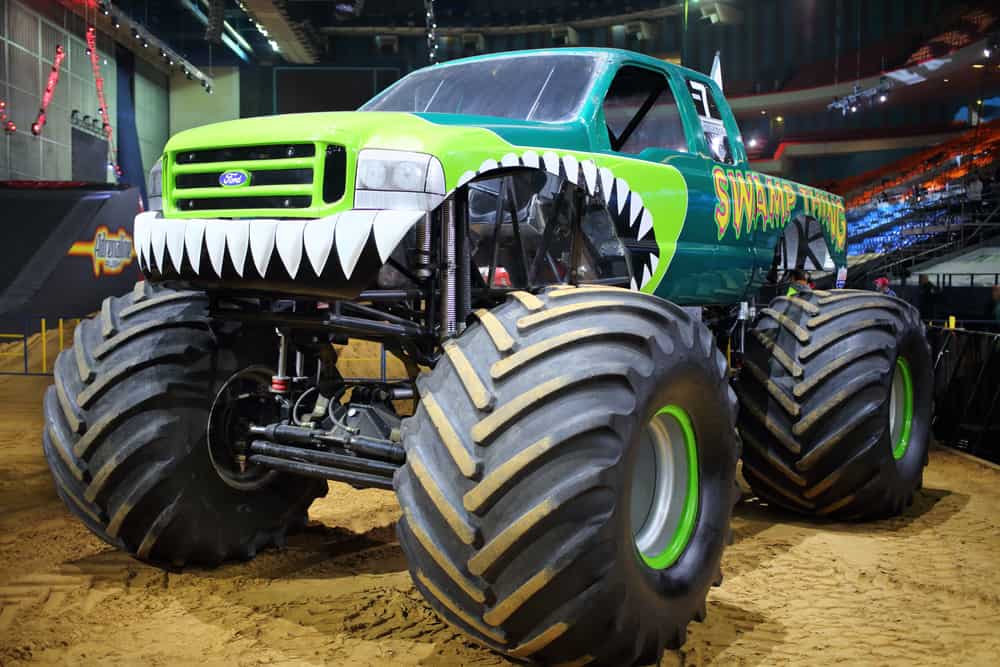 Its circumference signifies extreme traction, and its four-way directions are analogous to braking, accelerating, and turning.
Its circumference signifies extreme traction, and its four-way directions are analogous to braking, accelerating, and turning.
"For ease of understanding, the schematic drawing is shown as a circle. In reality, a tire (tire) has different friction forces in the transverse and longitudinal directions, and the borders of the diagram do not describe a circle, but rather an ellipse (oval). The shape of the oval depends on the type of tires. Racing are designed to resist centrifugal force in a turn. Therefore, for them, the diagram is stretched horizontally. " nine0003
Increasing the level of driving is necessary not only to imagine the diagram but also to feel the car. The accelerator, brake, steering wheel and seat provide a wealth of information. Understeer occurs when the car is unable to make a turn in proportion to the movement of the steering wheel. A skilled racer defines it by the feeling of increasing "lightness" of control.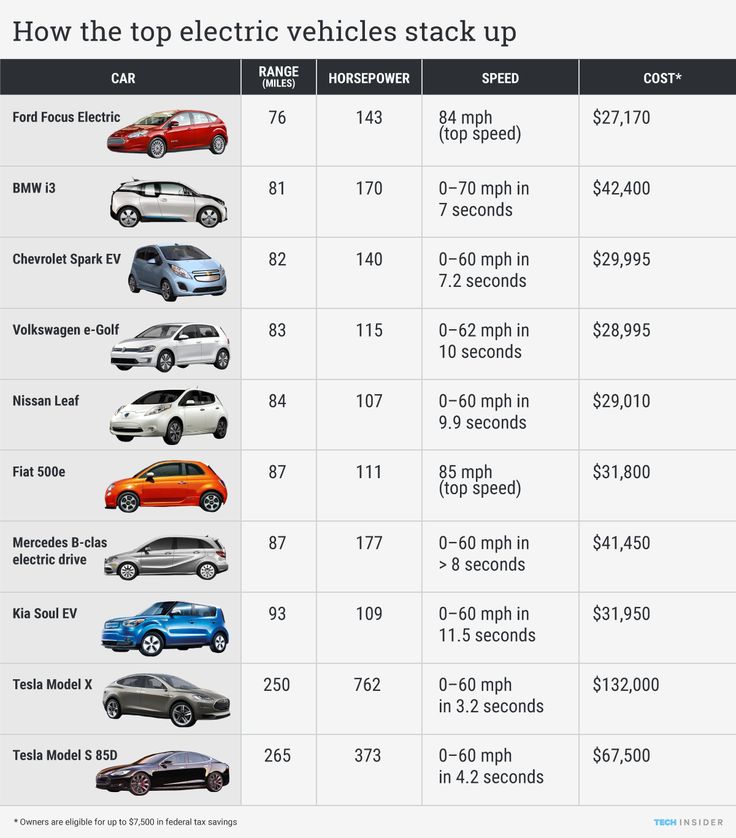 In this phase, small but very clear movements will suffice. nine0003
In this phase, small but very clear movements will suffice. nine0003
The pilot needs to feel the condition of the tires. When they wear out, handling becomes worse. Moreover, with a long drive, the pressure in the tires increases significantly, which is noticeable by the increased response of the car to the unevenness of the track.
"Clutch is displaced on braking so that it is not left to turn."
"All the clutch went into acceleration and there is no clutch left to turn."
"Grip force optimally distributed between acceleration and cornering."
Racing tires have good road grip but that doesn't mean they stick to them. While driving, the traction force is also generated by tire slippage. When excess power is applied to the wheels, the tires spin with a screech and smoke at idle. This phenomenon is called slippage. nine0003
While driving, the traction force is also generated by tire slippage. When excess power is applied to the wheels, the tires spin with a screech and smoke at idle. This phenomenon is called slippage. nine0003
The spin number is defined as the wheel slip ratio. When a tire with a two-meter circumference overcomes a path equal to two meters in one revolution, the coefficient is zero.
In the case when the tire overcomes the same revolution in 1 meter, the coefficient is 50 percent.
Scientific studies show that the best rate is 15-10%. An unprepared driver will not immediately feel it. It's easier to remember that tires will start making squeaky sounds when grip is particularly strong. When the slip ratio exceeds 15%, the grip will noticeably deteriorate. nine0003
"The figures described are valid both in the lateral directions and during the movement" back and forth. The sound helps to determine the degree of adhesion to the track: during the correct passage of the turns you will hear a faint screech of tires.
"
Uninformed drivers will think that the car is moving in the direction of the wheels. In reality it is different. Being more attentive, it will become noticeable that the angle of rotation of the wheels does not coincide with the angle of change in the trajectory of the car. nine0003
This difference is called the slip angle associated with road grip. Acceptable slip angle varies from eight to ten degrees. At higher values, grip will become worse, and after reaching a certain threshold, the steering angle will lose influence on the direction of movement.
Moreover, you should not confuse the steering angle with the slip angle, which depends not on the turn of the steering wheel, but on the load on the front wheels and the speed at which the car moves. It is difficult for an inexperienced rider to realize this. For this reason, you should first listen to the sounds emitted by the front wheels.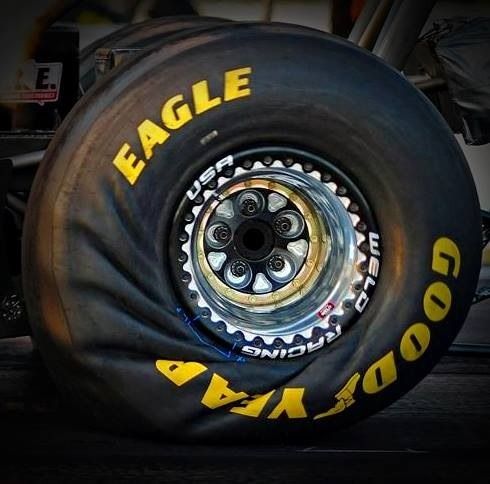 At some point, it will become clear to the pilot in what situation the car stopped listening to the steering wheel. nine0003
At some point, it will become clear to the pilot in what situation the car stopped listening to the steering wheel. nine0003
We continue the conversation. In the last article, I wrote that tire grip does not depend on the area of the contact patch. Therefore, the braking distance and acceleration dynamics do not depend on the tire width. As well as from the tire tread pattern.
Then the question arises: “what are wide tires for?” That's what I wanted to talk about today.
0018 . That's all, but it's very true for sports cars. That is why sports cars and drag racing cars are equipped with wide “skating rinks”. But not only for this reason, there is another reason - a decrease in tire slip, and I will talk about it in future articles.
And of course, the 's wider tire width and greater resistance to overheating allows the 's initial grip to last longer. For example, we take two sets of tires of the same composition and different widths: 4 narrow and 4 wide.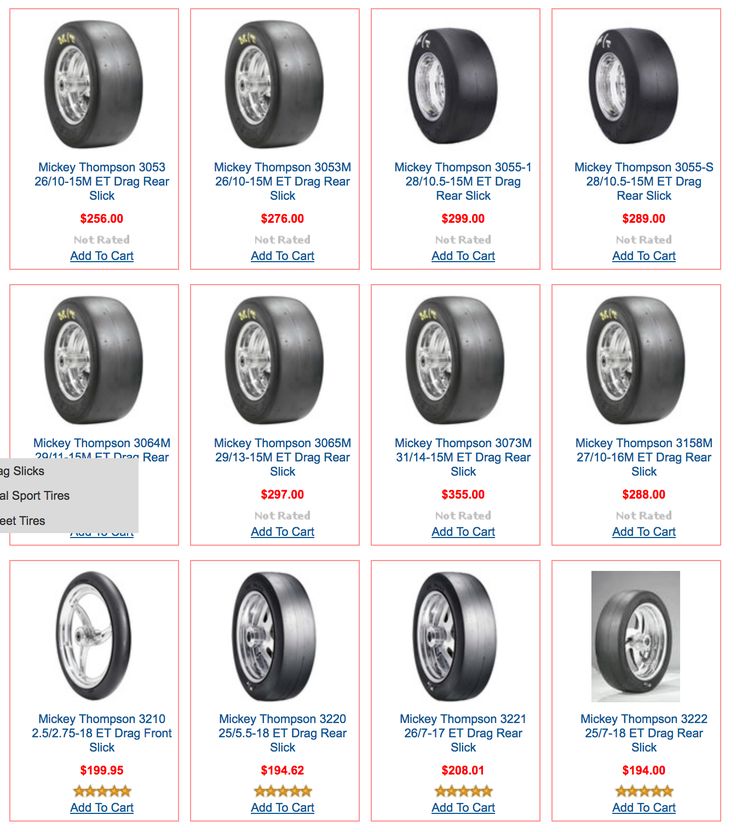 For both, the coefficient of adhesion to asphalt is the same and equals, say, 0.8. We put them in turn on the same sports car with the same pilot and let them out on the race track, we mark the time of the lap. After a certain number of laps, the tires will wear out, and by the end of, say, the 20th lap, the wear on the narrow one will be noticeably greater and the grip will drop to, say, 0.6. And for a wide one - only up to 0.7. And, of course, therefore (for various reasons, but also for this reason) the driver will pass the race faster on wide tires than on narrow ones. But not because a wide tire supposedly initially has higher grip, as many believe. Like, if you take a narrow tire with a friction coefficient of 0.8, then the same one and a half times wider will immediately have 1.2. Well, yes, but if we put five narrow tires side by side on one axle, then what will we have a coefficient of adhesion of 4.0 or what ??? :) nine0003
For both, the coefficient of adhesion to asphalt is the same and equals, say, 0.8. We put them in turn on the same sports car with the same pilot and let them out on the race track, we mark the time of the lap. After a certain number of laps, the tires will wear out, and by the end of, say, the 20th lap, the wear on the narrow one will be noticeably greater and the grip will drop to, say, 0.6. And for a wide one - only up to 0.7. And, of course, therefore (for various reasons, but also for this reason) the driver will pass the race faster on wide tires than on narrow ones. But not because a wide tire supposedly initially has higher grip, as many believe. Like, if you take a narrow tire with a friction coefficient of 0.8, then the same one and a half times wider will immediately have 1.2. Well, yes, but if we put five narrow tires side by side on one axle, then what will we have a coefficient of adhesion of 4.0 or what ??? :) nine0003
By the way, please note that rally cars for driving on dirt or snow have narrow tires, unlike asphalt sporcars.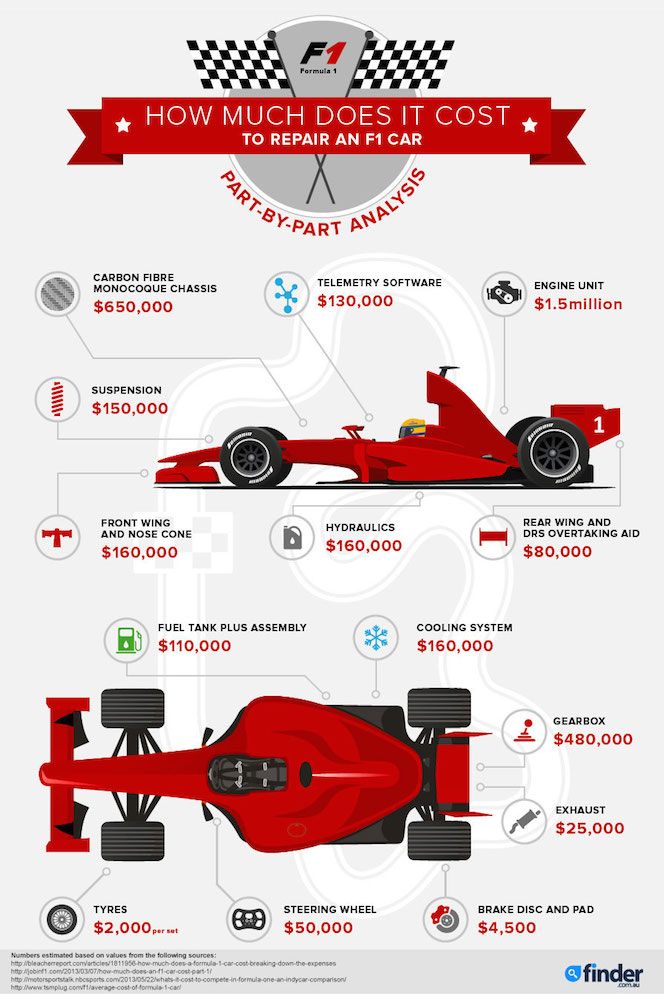 So, in some situations, wide tires even lose to narrow ones, is it logical? And if the width of the tire directly affected the traction force, everything would be simple and unambiguous: wide-wide tires would be everywhere, both in summer and in winter, both on city and racing cars.
So, in some situations, wide tires even lose to narrow ones, is it logical? And if the width of the tire directly affected the traction force, everything would be simple and unambiguous: wide-wide tires would be everywhere, both in summer and in winter, both on city and racing cars.
A small digression. I was once “pleased” with an answer to a question by an instructor from one of the Moscow driving schools. I took driving courses, we made a snake, and we were taught to throw gas at each corner entry, at each cone. When I asked “why?”, I heard the following in response: “Throwing the gas, we increase the contact patch of the front tires with the road, thereby improving their grip, and hence the speed of cornering. This is what elementary physics says. Of course, I didn’t argue, but ... We hear a ringing, we don’t know where it is ...
What's the point. My respected Mikhail Gorbachev (www.drive-class.ru) has already written a lot about the release of gas before the turn, or rather, about the senselessness of this, so let's leave it aside. However, front tire traction does improve for those fractions of a second while the throttle is off. But why? We agreed that the contact patch does not affect grip?! Yes, it doesn't, but it's different here. Let's remember Coulomb's law. The adhesion force (static friction) is equal to:
However, front tire traction does improve for those fractions of a second while the throttle is off. But why? We agreed that the contact patch does not affect grip?! Yes, it doesn't, but it's different here. Let's remember Coulomb's law. The adhesion force (static friction) is equal to:
F = µ N = µ m g
Where N is the weight. And by the way, do not confuse weight with mass! Mass is the mass (in kilograms), and weight is the force with which the body presses on the support (in newtons). Further, m is the mass of the car, g is the free fall acceleration.
By releasing the gas, we redistribute the weight from the rear of the car to the front, increase the weight on the front axle, and thereby the grip of the front tires . It is clear that under additional weight, the front tires are further flattened, and the area of their contact patches with the road increases. But this is only a consequence of the increase in the load on the tires, and in no way is the reason for the increase in their grip! nine0017 The contact patch, as usual, has nothing to do with it .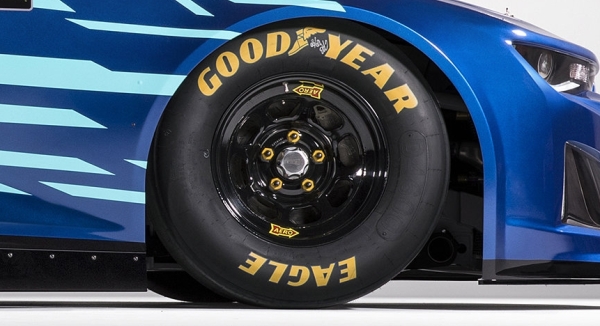
I will add about the danger of releasing the gas pedal when turning. By doing this, we load the front axle of the car and at the same time unload the rear. And guided by the above considerations, we come to the conclusion that the grip of the rear tires with the road at this moment is deteriorating, and there is a risk of skidding the car. By the way, releasing the gas pedal at the entrance to the turn is one of the main methods of rally racers, with which they let the car go into a controlled skid. Don't believe? Come to the course of emergency driving "Winter emergency training" and try it yourself :) This is in the mandatory program, all students of Kaminsky Driving School take it. nine0003
Another misconception. There is such a recommendation - if you need to drive on ice, and you have summer tires - lower the pressure by half. Allegedly, the contact patch will increase, which will improve the grip of the tire with ice and shorten the braking distance.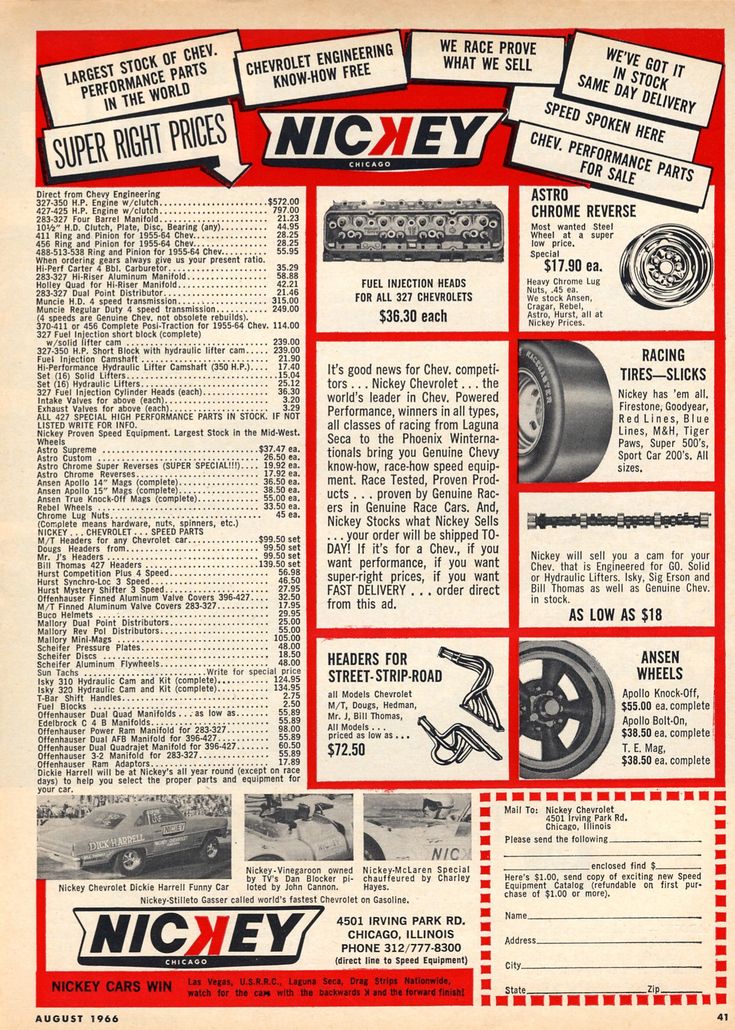 Also not true. That is, the contact patch, of course, will increase, and even the braking distance will decrease, but one does not follow from the other in any way :)
Also not true. That is, the contact patch, of course, will increase, and even the braking distance will decrease, but one does not follow from the other in any way :)
Why do the police shoot at the wheels in the movies? Because there is such a thing as the rolling friction force - a parasitic force that arises from the deformation of a rolling body and provides unnecessary resistance to movement. The softer the body, the greater the deformation and rolling friction. The train is practically absent - steel wheels, rigid. A car has rolling friction, but a car with flat tires has enormous friction. Accordingly, by lowering the tires, we increase the rolling friction and thereby provide additional resistance to movement and help the car stop. And the contact patch area does not affect the grip of the tire with the road, and has nothing to do with it at all.
She has something to do with it only in one case. When driving through a marshy area, a frozen river, you can deflate the tires to increase the contact patch and reduce the pressure of the tires on the surface of the swamp, ice, and thereby reduce the risk of falling through .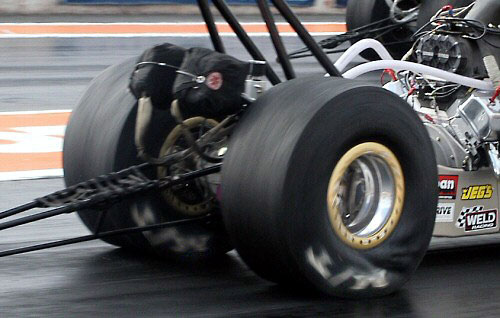 Like with skis. That's the only benefit it has. Well, or you can pre-install wider tires. If for urban winter we set narrower ones - to push through the surface of the ice, then here - on the contrary, wide ones, so that God forbid not to push through :)
Like with skis. That's the only benefit it has. Well, or you can pre-install wider tires. If for urban winter we set narrower ones - to push through the surface of the ice, then here - on the contrary, wide ones, so that God forbid not to push through :)
Let's summarize. Wide tires provide several advantages over narrow tires, and both the manufacturer and the driver can make the tire wider by temporarily reducing the air pressure in it.
Wide profile tires will help you if:
